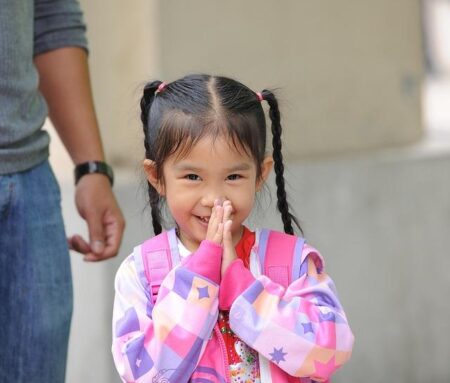Strengthening Aeromedical Evacuation: A Collaborative Effort Between U.S.and Tunisian Forces
In a remarkable demonstration of teamwork and preparedness, military personnel from the United States and Tunisia recently engaged in aeromedical evacuation training as part of the African Lion 2025 exercise. This vital joint operation, documented by the Defense Visual Information Distribution Service (DVIDS), emphasizes the necessity for effective medical response capabilities in intricate operational settings. The primary goal was to fortify relationships and improve interoperability among allied nations, equipping military members for swift medical evacuation situations to safeguard their health and safety on duty. The recorded footage not only showcases the intense training but also reflects both countries’ ongoing dedication to promoting security and stability within the region. As this exercise progresses, observers can anticipate further revelations regarding collaborative efforts aimed at enhancing regional defense strategies and emergency response frameworks.
Enhancing Aeromedical Evacuation Capabilities Through U.S.-Tunisian Cooperation
The recent collaborative training sessions between U.S. forces and their Tunisian counterparts represent a notable advancement in joint exercises. This partnership was highlighted through an informative video that focused on essential skills required for rapid patient transfers across diverse operational landscapes. By incorporating advanced medical support systems alongside cutting-edge evacuation techniques,both nations have made ample progress toward enhancing their readiness for humanitarian missions and also combat operations.
Key components of this training included:
- Synchronized Hoist Operations: Personnel from both nations practiced coordinated maneuvers for airlifting injured individuals.
- Medical Protocols: Focus was placed on rapid assessment and stabilization of patients before transport.
- Realistic Simulations: Troops participated in scenarios mimicking real-life situations to evaluate their responses under pressure.
| Training Component | Description |
|---|---|
| Total Duration | Twelve Days |
| Total Participants | Around 150 personnel from both countries |
The collaboration between U.S. and Tunisian military forces not only enhances their respective capabilities but also contributes substantially to broader regional stability during times of crisis.
Training Techniques and Tools Utilized During African Lion 2025 Exercise
TheAfrican Lion 2025 Exercise witnessed a variety of pivotal training techniques designed to bolster operational effectiveness among U.S. and Tunisian troops. A standout feature was theaeromedical evacuation component , which prioritized rapid response times along with patient care amidst challenging conditions. This segment involved simulations reflectingreal-world emergencies , necessitating immediate transport of casualties to healthcare facilities.
The integration of<strong ground assets with aerial support demonstrated seamless coordination essential for mission success while underscoring the value of joint exercises among allied forces.
The equipment employed during these drills included modernmedical evacuation vehicles and advancedhelicopters , specifically engineered for transporting injured personnel from remote locations . Teams utilized realistic simulation manikins ,enabling medical staff to enhance decision-making abilities under stress .Training sessions were organized around several core areas such as :
- Field Triage : Prioritizing casualties based on injury severity.
- Patient Stabilization : Methods ensuring injured individuals remain stable during transit .
- Evacuation Protocols : Standard operating procedures facilitating quick retrieval processes.
| Equipment Used | Description |
|---|---|
Strategies For Future Joint Training To Enhance Regional Security
The recent aeromedical evacuation exercises conducted by US-Tunisian forces during African Lion 2025 highlight how crucial collaboration is in bolstering regional security efforts moving forward.
To capitalize on this momentum , it’s vital that we consider implementing these strategies into future joint initiatives :
- Adoption Of Advanced Technologies :(e.g., drones & telemedicine) improving efficiency & responsiveness.
- Cultural Competency Programs:(fostering understanding local customs) enhancing cooperation & mutual respect amongst participating units. < Expand Multinational Participation:< (involving additional African nations ) promoting unified approaches towards shared security challenges.
Regular Evaluation Mechanisms: Establish systematic reviews assessing effectiveness adapting methodologies according evolving needs.
The advantages derived from these initiatives can be further emphasized through an organized evaluation framework.Below is a suggested table structure categorizing potential topics based upon impact feasibility:
| Training Topic | Impact Level | Feasibility |
|---|---|---|







